As paradoxical as it may seem, the Amazon region is considered not only an “urban forest”, but also a region with one of the most rapid rates of urban population growth in Brazil. Within the region, the Amazon Delta and Estuary (or ADE), where the urban population has increased about 300 percent in the last 40 years, are emblematic of this trend.
Today, 79 percent of the ADE’s population lives in urban areas distributed in 50 municipalities, including a mosaic of small coastal cities, a few medium urban areas, and two metropolitan regions of the state capitals of Macapá (with over 500,000 inhabitants), and Belém (with around 2.5 million inhabitants) (see Figure 1). This process of fast urbanization has come with deficiencies in the provisioning of public infrastructure and services, such as delivering water and sewage collection, and lack of housing policies that could have prevented the precarious occupation of flood prone areas. In a region historically known for the “dictatorship of the water”, urban areas have increasingly become hotspots of flood risk.
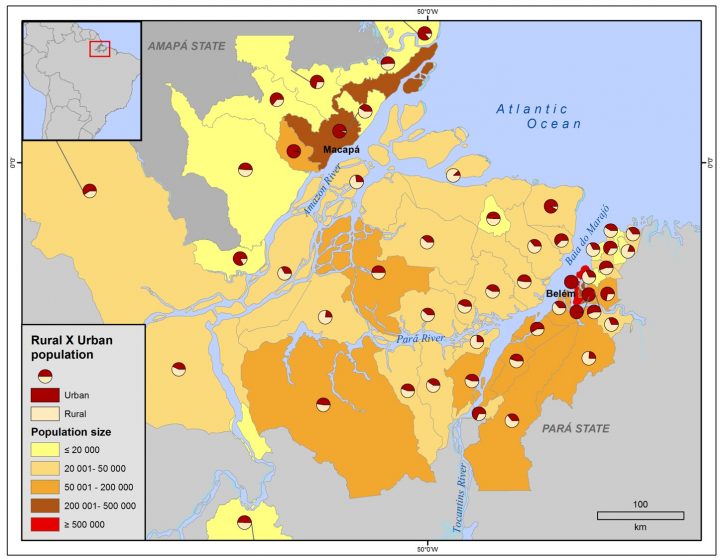
Seasonal flooding has always dominated social and environmental dynamics across Amazonian landscapes. While periodic variations in flooding cycles have historically marked Amazonian cities, these dynamics are fast changing in frequency, scale, and impact. In the estuary-delta region, where seasonal cycles are compounded by significant variation in daily tides, urban flooding is increasingly commonplace. Amazonian cities large and small have expanded primarily along two main axes. First, in small and medium cities, urban areas have primarily expanded outwards through forms of habitation considered to be “subnormal.” Many of these areas are known in the region as “baixadas”, a synonym for settlements in low-lying areas or, as in census terms, subnormal agglomerations. These “subnormal agglomerations” are dynamic neighborhoods characterized by “informal” houses and streets, lacking even the most basic infrastructure and services, and often comprising high population density. Exposure and vulnerability to flooding have become the norm rather than the exception. Second, in medium and large cities, urban areas have expanded both outwards through informal settlements, and upwards through high-rises, largely representing marked socioeconomic divides.
An assessment of urban vulnerability in the region of the ADE, carried out as part of the BF-Deltas project, showed that over 1 million people live with a high or very high degree of vulnerability due to high flood exposure; lack of sanitation and services; health risks; poverty; and exposure to environmental hazards and pollution. It is expected that changes associated with climate will increase the frequency and magnitude of flooding in the region, impacting people´s displacement, affecting water quality, and threatening the health and well-being of a majority of the population.
In the Global South, transitioning to sustainable urban infrastructure is perhaps the most fundamental component to achieving the dual challenges of meeting the Sustainable Development Goals and promoting long-term mitigation and adaptation strategies to climate change. According to the World Bank Group, clean water and sanitation deficits are shrinking slowly in developing countries, including Brazil, but the reality on the ground seems to point to a different picture. Across the 50 urban areas of the Amazon Delta and Estuary from 2000 to 2013, for example, the sanitation deficit has increased, particularly in small cities. While provisioning of sanitation infrastructure remained constant, population growth has averaged around 45 percent during this period (see Figure 2). Likewise, for the two metropolitan areas in the estuary-delta region (Bélem and Macapa), the connection to clean water has improved, yet provisioning of water and other services continue to be highly deficient and unequal. As cities grow upwards in height and outwards through informal settlements, the impact of flooding—and, thus, sewage spills—are increasingly affecting, although in different ways, all sectors of society.
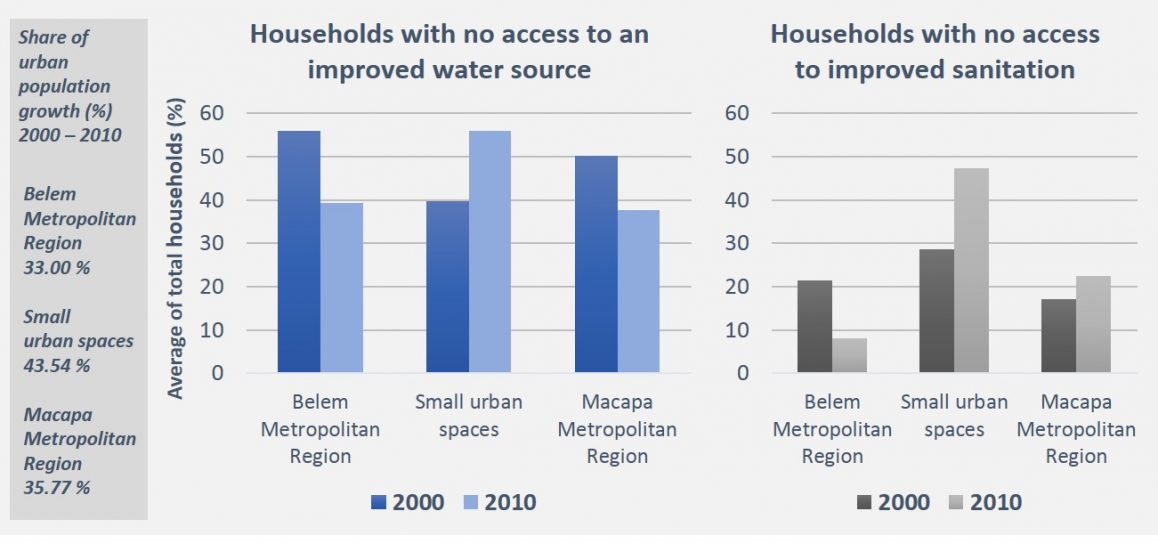
A recent study from the National Confederation of Industries in Brazil showed that government plans to eradicate deficits in clean water access and to increase sewage connection and treatment (from 57 percent to 93 percent) by 2023 will need to be extended for an additional 20 years. In fact, from 2007 to 2015, only a fraction (36 percent) of investments of the Program of Accelerated Growth (or PAC) slotted to aid sanitation infrastructure have been finished. Sanitation infrastructure, as with other kinds of infrastructure, has been largely ignored in Brazil over the last 20 years, despite ever more pressing needs of and risks posed to large segments of Brazilian society. Without strategic planning and dedicated political priority, Amazonian cities will continue to grow chaotically, becoming increasingly susceptible to flooding as well as to epidemics, and increasingly affecting surrounding ecosystems and populations with high loads of pollution and garbage. As sanitation and urban services and infrastructure in general are foundational to individual well-being and social welfare, in this scenario, it is difficult to imagine that we are making progress towards the 2030 Sustainable Development Goals. The people of the region, however, are not passive, and while often feeling powerless amid political corruption scandals, high levels of violence, and disregard for policymakers, they are reacting to improve their houses and, to the extent possible, their neighborhoods.
Flood risk and infrastructure deficiencies in the largest urban jungle of the Amazon Delta and Estuary
Home to 2.5 million people, the capital city of Belém is an excellent example of a metropolitan region that has accelerated population growth and colossal adaptation deficits. It is not a surprise that when most people land for the first time in Bélem, their reaction is shock. As the airplane glides from vast expanses of forests into peri-urban Bélem, the landscape changes dramatically. In spite of its historical fame as the “city of mangoes” (for its beautiful mango trees, which line a small section of colonial Bélem), Bélem is largely bare of trees—that is, aside from dispersed groves of açaí palm. As one flies over Bélem, the green of the forest gives way to intermingled informal settlements of various ages, skyscrapers of various types, and hundreds (or thousands) of river channels, mostly for sewage drainage and garbage ditches. The city seems to be floating, almost drowning, in the immensity of the river-sea landscape of the Amazonian estuary-delta (Figure 3).
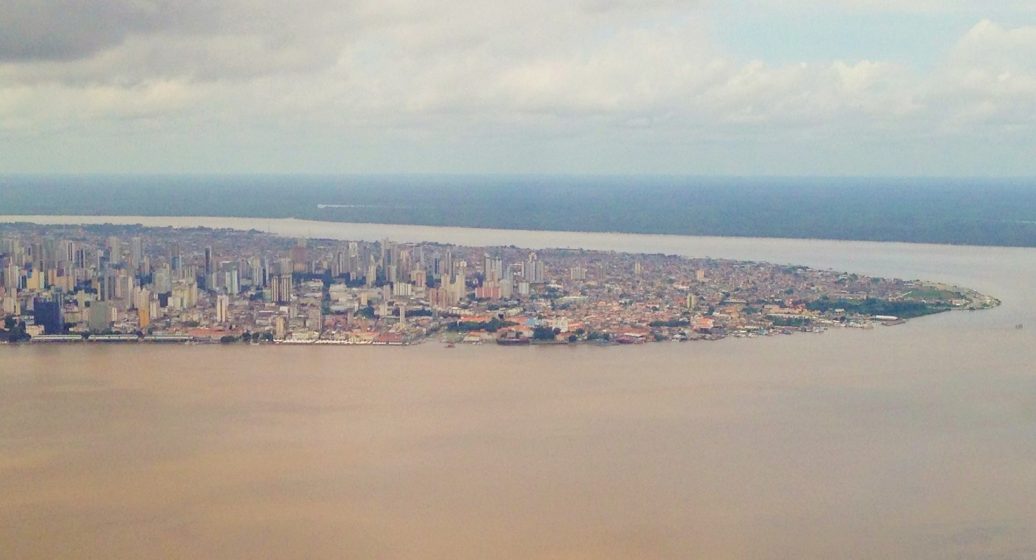
Looking at the city from above carries a degree of fascination. The reality on the ground, however, is strikingly different—a combination of poverty and social inequality; attractive historical areas and new developments; intense social interaction and street conviviality; an assortment of evangelical churches, bars, clubs; and frequent scenes of prostitution and drugs. A significant parcel of the land is below sea level and consequently is subjected to flood impacts, which are becoming more frequent throughout the year. Squatting and expansion of subnormal houses and house agglomerations in low-lying floodplains are becoming widespread in the city (Figure 4). Census data from 2010 show that almost 55 percent of the population in the metropolitan region of Belém lives in subnormal agglomerations, making Bélem a leader in this detrimental trend among metropolitan areas in Brazil. Drug traffickers control many of these neighborhoods and have no interest in calling attention to the plight of the local population. Overall, the city confronts an enormous deficit of adaptive capacity to flooding, both in terms of provisioning of basic infrastructure and services, as well as in terms of supporting services, such as organized civil defense and emergency response systems, health centers, and post-flooding support.
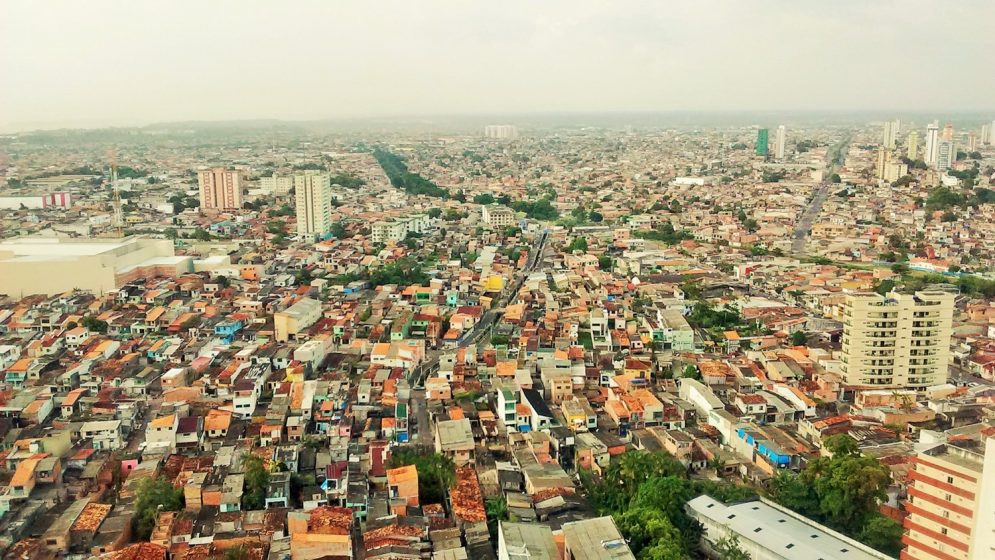
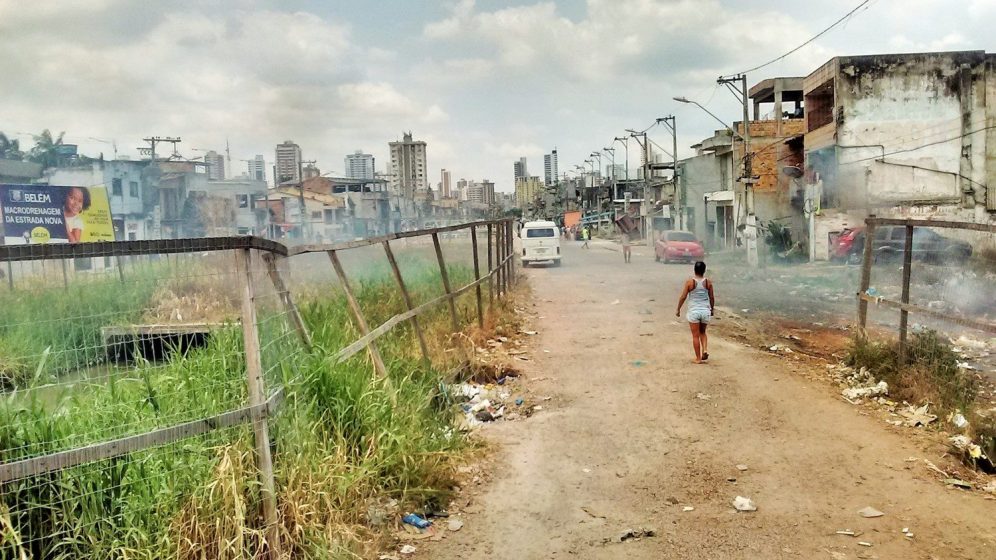
In fact, in a national study, Bélem was ranked highest among Brazilian cities for the deficit of infrastructure and services provided to poor and low-income families compared to higher-income families. Public water supply, sewage collection, and trash collection are unequally distributed and poorly managed across the city. An expanding network of over-ground plastic pipes provides water to the majority of the population (at least in public taps). However, shortages and disruption of water provisioning are common. Sewage connection is limited across the city and only historical neighborhoods have more than 80 percent of households connected to sewage system (see Figure 5).
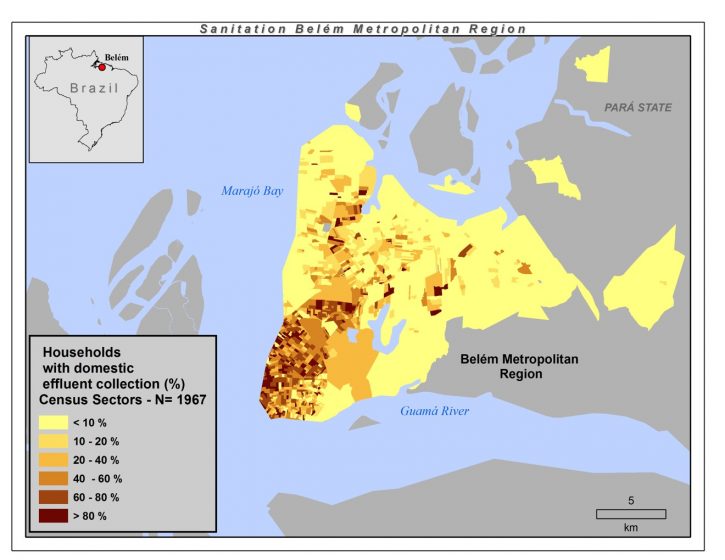
To make things worse, only 6 percent of the city has sewage treatment; the rest of the sewage is disposed in river channels, reducing water quality and spreading pollution widely. It is common to find open-air sewage in neighborhoods not connected to a sewage network. When not absent, the drainage system is often clogged with garbage and large amounts of sediments from rain runoff. Garbage is also often dumped next to river channels or into watercourses, creating new spaces for the spread of diseases, insects, and rodents, as well as drug trafficking and consumption (see Figure 6). With all these pressures, residents are constantly exposed to potential social and health risks. The impacts from floods exacerbate these risks, exposing people by direct contact with contaminated water that overflows from river channels during a disaster.
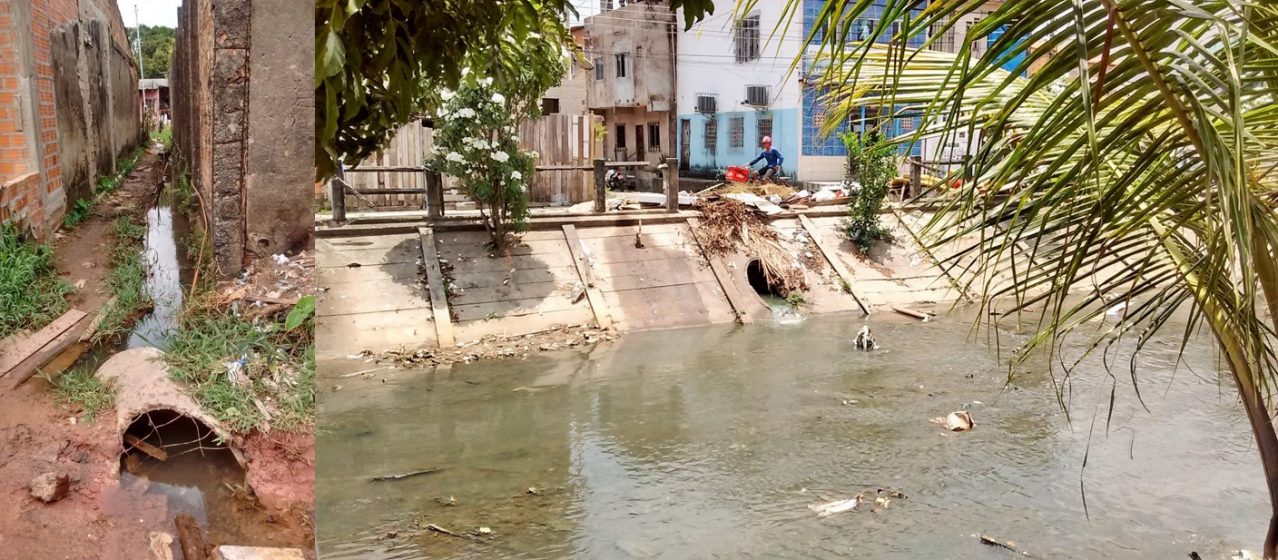
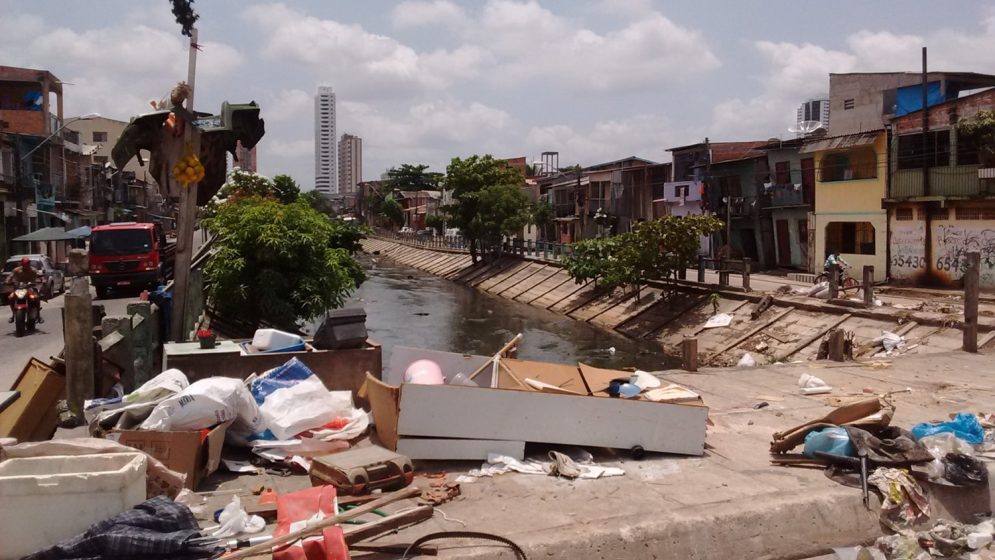
While flooding impacts are not a new concern in Belém, public initiatives addressing flood mitigation have always been undermined or even neglected by the government. It is not uncommon for one to hear comments from local policymakers and even academics such as “the population is adapted to flooding”. In other words, increasing exposure to floods is often internalized and accepted as part of local culture. While centuries of occupation of the tidal floodplains of the estuary-delta have, indeed, made flooding part of daily life, extending such analogies to precarious urban neighborhoods of the region illustrates the lack of attention to the economic damage and health risks confronted by large segments of the population.
The municipal civil agency that is responsible for disaster risk management in the city is unprepared to respond to direct or indirect impacts of hazardous events and, besides, it is often ineffective. The city lacks all types of risk management actions, including initiatives aimed at providing information about flood mitigation, early warning systems, immediate response actions, and post-disaster response.
Clearly, one of the impediments that prevents improvements in sanitation and flood mitigation is corruption. In 2004, the Brazilian government concluded a US$ 312.5 million project for risk-reduction and sanitation improvement in Belém, which was partly funded by the government of Pará; the rest of the coast was loaned from Inter-American development bank (or IDB). Known as “Projeto de Macrodrenagem da Bacia do Una”, the project promised to be the biggest urban transformation in Latin America. Lack of proper management, corruption schemes, and improper use of the public funds have contributed to the failure of the project in providing flood risk mitigation and its creation of a series of other problems that, in some places, have even worsened flood impacts in the city (see Figure 7). Through the state prosecutor office, a group of harmed residents of the Una River watershed has acted to prosecute the agencies responsible for the project. Since 2005, these residents founded a civil organization called “Frente dos Moradores Prejudicados da Bacia do Una” to fight for their rights and to engage in collective actions and public manifestations related to flood risk. Fortunately, residents are slowly getting organized to give voice to their situation.
Listen to the voices of residents from Bélem
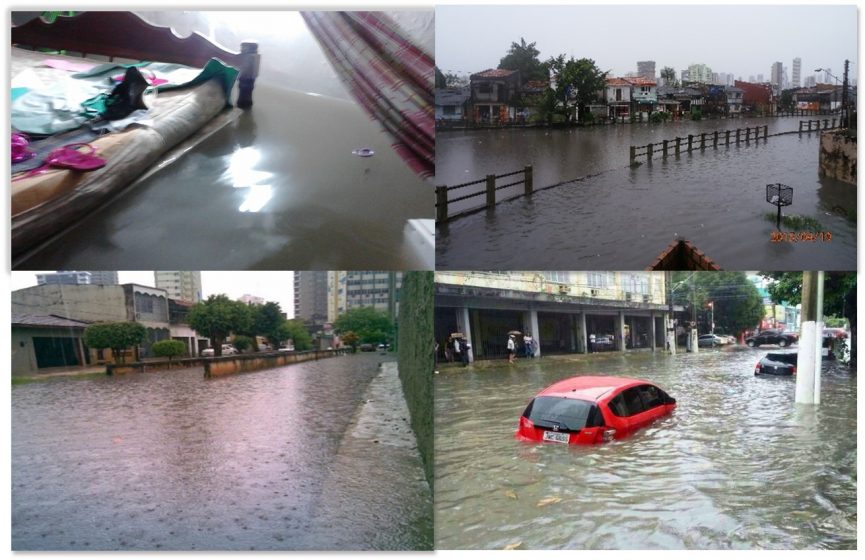
The large-scale of deficiencies at the city and neighborhood levels further challenge the ability of households to adapt to flooding, but not enough to paralyze them. Families do as they can. The most important and dominant adaptation measure is based on raising the floor of a house, from its sidewalk to its interior. Usually, these measures are not enough to avoid flood exposure. Commonly, flooding comes in “reverse,” forcing its way—along with contaminated water—through toilets, drains, and sinks overflowing into the rest of the house, causing serious damages and health threats. Some residents raise shower thresholds and bathroom door thresholds, relentlessly trying to invest in adaptation measures to contain indoor flooding (see Figure 8).
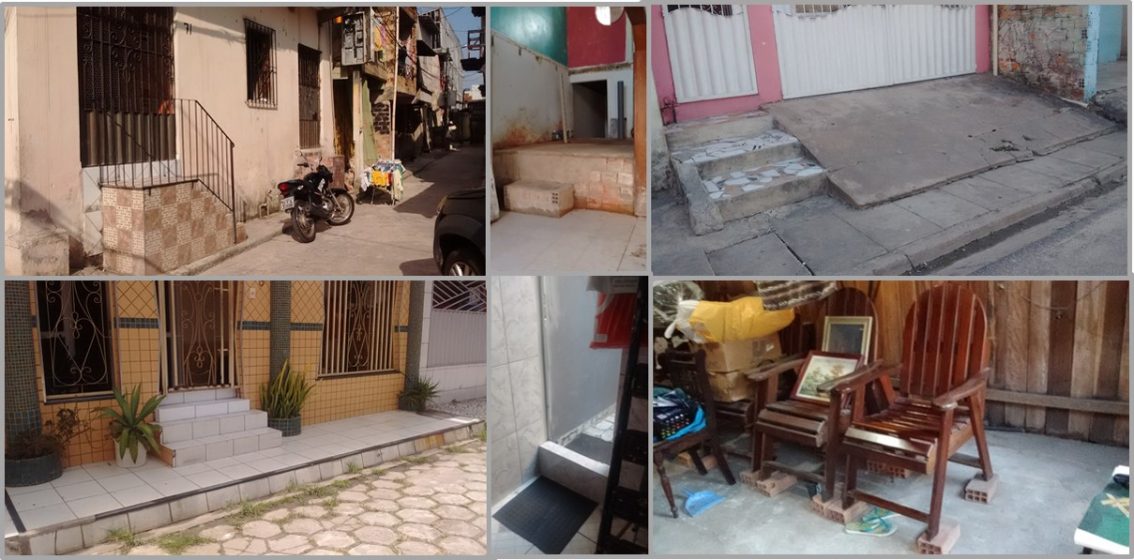
Today, the city’s residents live in constant insecurity, with large amounts of sewage inputs, poor waste disposal, and large amounts of river sedimentation decreasing the carrying capacities of river channels. Consequently, overflow of contaminated water is becoming hard to avoid. Overwhelmed by the scale of the problem and other concerns, residents have little incentive to engage in practices such as cleaning river channels, removing trash, creating public green spaces, and restoring riverine vegetation and aquatic systems that were once an important part of their livelihoods.
The lack of adaptive capacity and increasing flood risks in the city of Belém encapsulate the challenges faced by a growing number of cities in the Global South. Sustainable adaptation through transformative risk reduction infrastructure will only be possible with a deep transformation of cities to reduce large levels of social, economic, and political inequalities.
Andressa Mansur and Eduardo Brondizio
Cádiz and Bloomington
About the Writer:
Eduardo Brondizio
Eduardo S. Brondizio, Professor of Anthropology at Indiana University Bloomington, is a Science Committee member of Future Earth and co-Editor-in-Chief of Current Opinions in Environmental Sustainability.
Acknowledgments
Special thanks goes to the residents of Bélem, specially members of ‘‘Frente dos Moradores Prejudicados da Bacia do Una’’ for their friendly support during many visits in Bélem, and particularly José Alexandre de Jesus Costa, Antônio Carlos Pantoja Soares, Leny Campelo and Pedro Paulo de Miranda Araújo Soares.
References
Belmont Forum Deltas project: Catalyzing action towards sustainability of deltaic systems with an integrated modeling framework for risk assessment (BF-DELTAS). Support from the Belmont Forum funding agency to 24 collaborating international institutions. The US National Science foundation has funded research conducted by the authors and colleagues at Indiana University (NSF # 1342898).
Brondizio ES, Vogt ND, Mansur AV, Anthony EJ, Costa S, Hetrick S (2016). A conceptual framework for analyzing deltas as coupled social–ecological systems: an example from the Amazon River Delta. Sustainability Science, 11:591-609. doi:10.1007/s11625-016-0368-2
COSANPA – Companhia de Saneamento do Pará (Sanitation Company of the state of Pará) (2002). Manual de Operação e Manutenção de Drenagem, Vias e Obras de Artes Especiais da Bacia do Una, Volume I. Governo do Estado do Pará.
Costa S, Brondizio ES (2011) Cities along the floodplain of the Brazilian Amazon: characteristics and trends. In: Pinedo-Vasquez M, Ruffino ML, Padoch C, Brondízio ES (eds) The Amazon Várzea: the decade past and the decade ahead. Springer and The New York Botanical Garden, New York
CRBU – Comissão de representação da Bacia do Una (Una Basin Representation Committee) (2013). Comissão de representação da Bacia do Una. Assembléia Legislativa do Estado do Pará. Relatório final. Belém-PA.
Datasus (2013) Sistema Nacional de saúde (Brazilian health database). Indicadores de saúde. http://datasus.saude.gov.br/ Accessed 15 August 2016.
IBGE Instituto Brasileiro de Geografia e Estatística (Brazilian Institute of Geography and Statistics) (2011) Censo Demográfico 2010 Aglomerados subnormais: Informaçõses territoriais. Censo demogr. Rio de Janeiro, p 251. http://biblioteca.ibge.gov.br/visualizacao/periodicos/552/cd_2010_agsn_if.pdf
Mansur A.V., Brondizio E.S., Roy S., Soares P.P.M., Newton, A. Adapting to urban challenges in the Amazon: Flood risk and infrastructure deficiencies in Belém, Brazil” UNDER REVIEW Regional Environmental Change
Mansur AV, Brondizio ES, Roy S, Hetrick S, Vogt DN, Newton A (2016) An assessment of urban vulnerability in the Amazon Delta and Estuary: a multi-criterion index of flood exposure, socio-economic conditions and infrastructure. Sustain Sci. doi: 10.1007/s11625-016-0355-7
Marques E. (2015) Condições habitacionais e urbanas no Brasil. In: Arretche, Marta (ed) Trajetórias das Desigualdades: como o Brasil mudou nos últimos 50 anos. UNESP, São Paulo
About the Writer:
Andressa Mansur
I am an oceanographer completing an Erasmus Mundus Ph.D. in Marine and Coastal Management at the University of Cádiz, Spain.

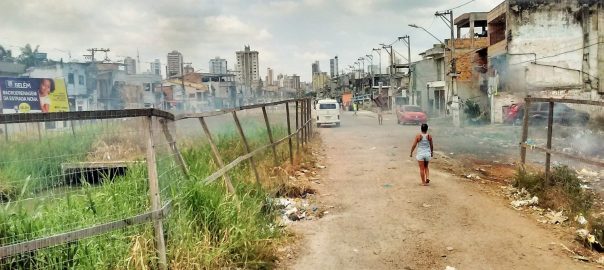


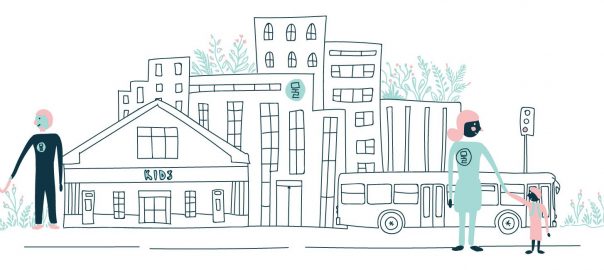

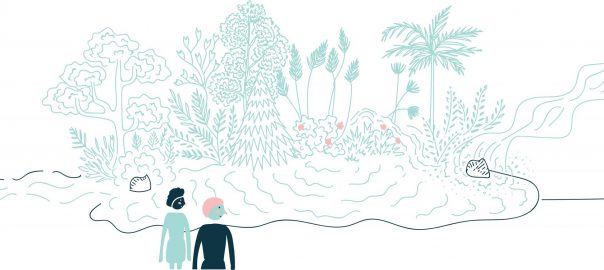
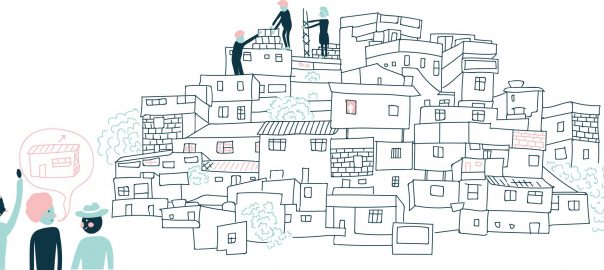

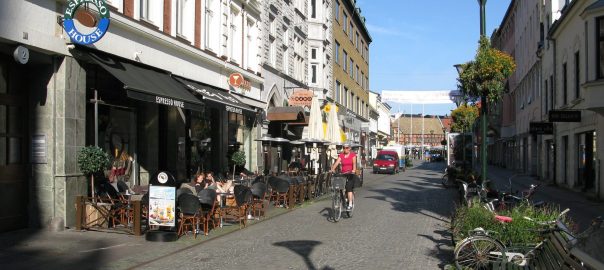
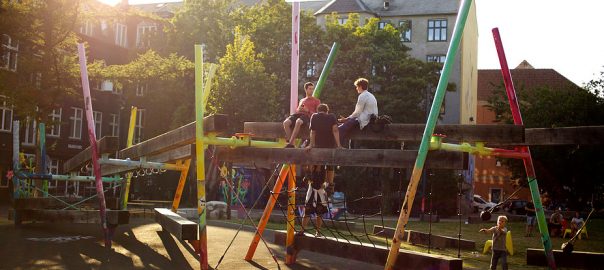
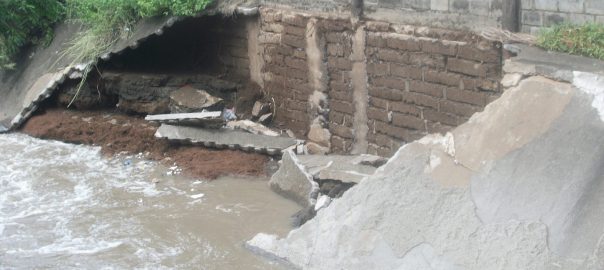
Thanks for your article Andressa and Eduardo. Belém and these other cities seem to be a classic case, like what we see across Brazil, where we should see decentralised green infrastructure prospering, but centralised are still the norm and unchallenged. I´ve met the mayor of Belém in a drainage seminar last year and he seemed surprised with the approach I suggested him, when he asked me for solutions for a city that is plain by nature – which was to keep “source control” in mind. My presentation is available at https://www.slideshare.net/guicastagna/seminrio-drenagem-urbana-fiesp-tcnicas-naturalisticas-em-drenagem-urbana. I´d love to support you in case you see there´s a chance for action, either citizen-led, like we´re starting in São Paulo, or with the municipaly itself.
Best to you too!